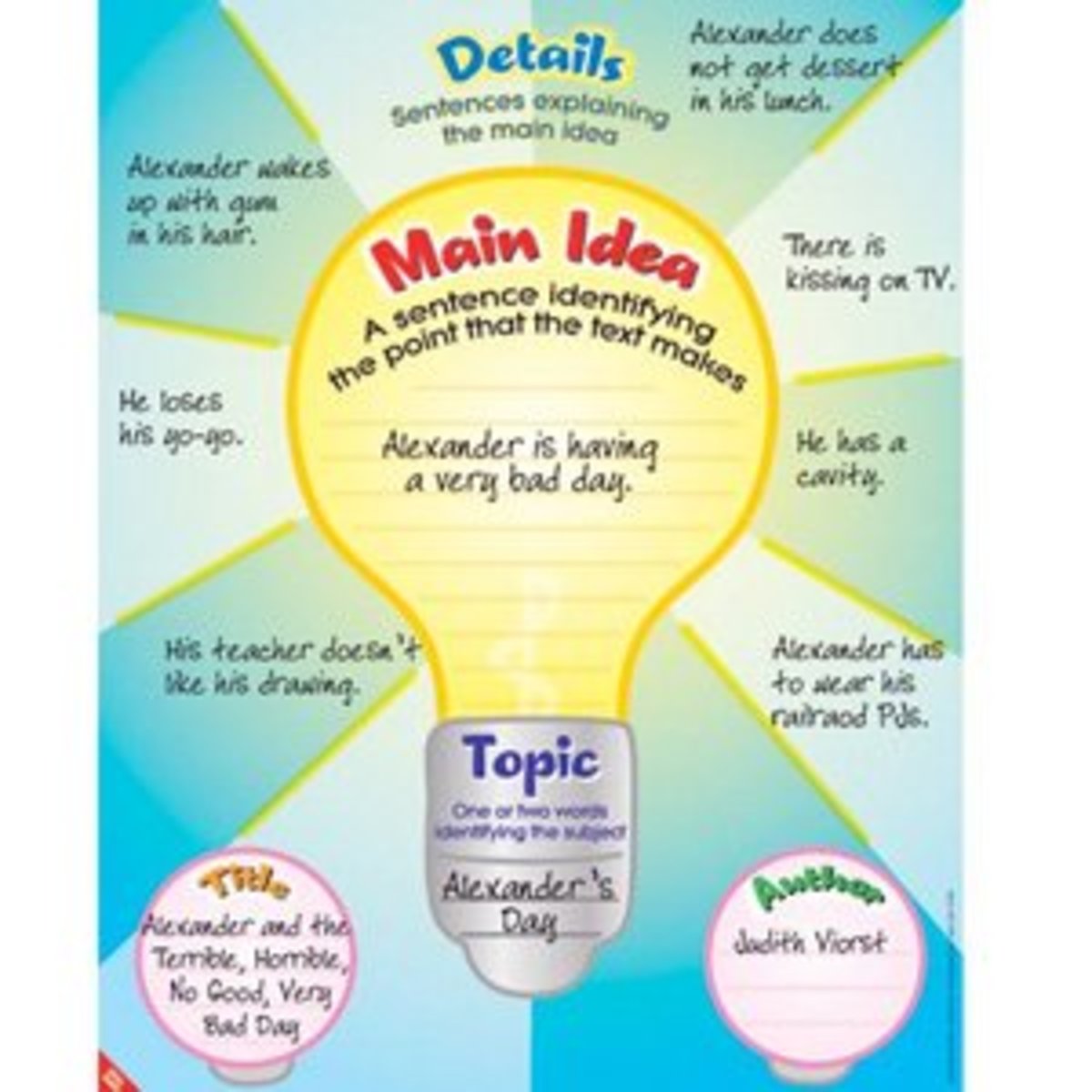How to Evaluate Oral Reading

Tips on How to Give Out Reading Grades
Reading is the foundation of learning; if children don’t learn how to adequately read, they won’t succeed in the other subjects in school. But how should teachers and homeschooling parents evaluate reading levels? Ultimately grades should be based on accuracy, expression and comprehension, but there a few aspects to consider before handing down that grade to your student. Read on, for tips and hints from experienced teachers.
Accuracy
When listening to children read you should look primarily for pronunciation and enunciation.
Pronunciation involves accurately sounding out the words using the skills they have learned in phonics instructions. In order to accurately grade their pronunciation the teacher must read along with the student as he reads, otherwise you won’t know for sure what words they are pronouncing correctly or incorrectly. Although some pronunciation differences may vary from area to area (consider a southern accent), most words should sound the same no matter where your students attend school.
Enunciation involves crisp pronunciation, not slurring and not mumbling of words or sounds.
Watch the progression of this student in her reading ability over two years in the following two videos. Note the student's expression and accuracy reading using the A Beka Book curriculum. A Beka Book is a phonics-based, Christian curriculum.
Expression
Expression involves using good voice inflection during story reading, and smoothly reading and phrases. A good reader will read smoothly with good phrases, and will not have choppy sounding sentences. The only pauses during reading should come from punctuation marks, unless called for in the context of the reading.
Students should read at the appropriate volume level for the setting, and based upon the context of the reading. For example, students should pay attention to the words of the story.
Consider the speed of reading too. Students should read at a conversational rate, at a speed that is enjoyable for others to listen to. While students can vary the rate for dialog, using fast speed for action words and phrases such as “Look!” or “Watch out!” or slowing down the speed when saying things such as “But, mom!”
Since shy students especially may have difficulty with expression, model correct reading patterns with plenty of examples. Help shy students know that there is nothing to be shy about when reading.
Comprehension
Most often expression dictates the amount of comprehension a student has about the text he is reading. When a child understands what he is reading, he expresses the words correctly.
Check for comprehension by asking oral questions directly from the text and “thinking” questions, such as “How do you think that made Johnny feel?”
Suggested Helps
For students struggling with reading, I suggest implementing a phonics-rich curriculum, which helps students understand the different sounds of the letters and how they sound in certain situations. Consider using the A Beka Book Phonics curriculum, which offers plenty of review and application for students.
Grade Breakdowns
Award an A to students who demonstrate excellent ability in the three areas of oral reading. While the student may not be perfect, he will correct his own mistakes before moving on.
Award a B to students who demonstrate above average ability in oral reading. The student may need to work on specific qualities, but he has pronunciation and accuracy.
Award a C to students who demonstrate average ability in oral lessons. This student likely needs help in four or five areas.
Award a D to students who must sound out several words or re-read the words before pronunciation and articulation is acceptable. D level students exhibit reading that is not yet automatic.
Award an F to students who have extreme difficulty in all areas of reading and those who need constant help.








